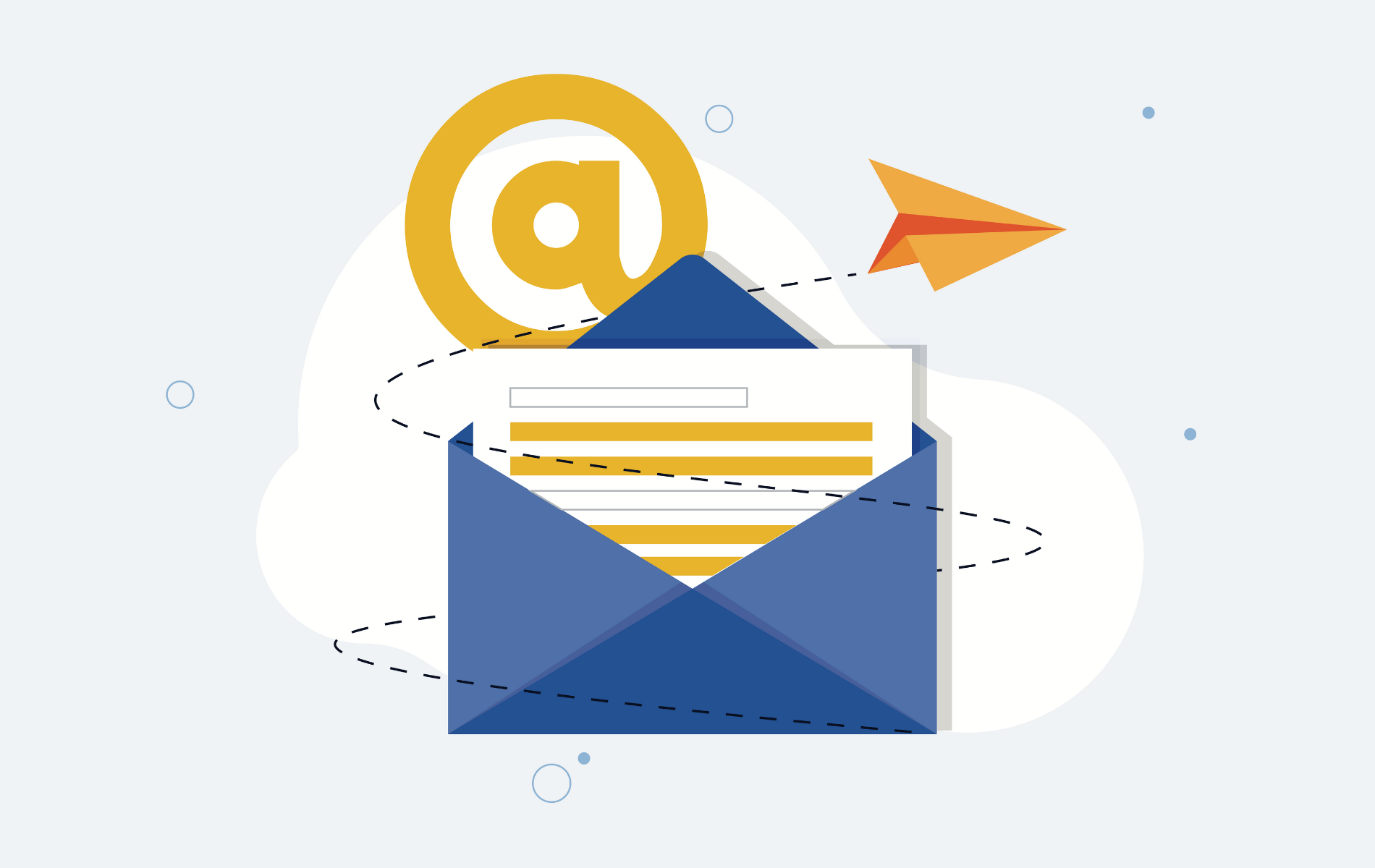
 2025-05-16
2025-05-16
Maximizing Affiliate Revenue Through Email Marketing
Email marketing is a powerful tool for affiliate marketers, offering a direct and personal way to connect with audiences and promote affiliate products. By building a targeted email list and crafting engaging campaigns, affiliates can drive clicks, conversions, and revenue. This article explores how to leverage email marketing effectively in affiliate campaigns and shares strategies for success.

Why Email Marketing Works for Affiliates
Email marketing allows affiliates to communicate directly with subscribers who have opted in to receive their content. This creates a captive audience that is more likely to trust recommendations and act on affiliate links. Unlike social media or search traffic, emails offer a controlled channel where affiliates can tailor messages, track performance, and build long-term relationships, leading to consistent affiliate earnings.
Building a Quality Email List
A strong email list is the foundation of successful affiliate email marketing. Here’s how to grow one:
- Offer a lead magnet, such as a free eBook, checklist, or exclusive discount, to encourage sign-ups.
- Place opt-in forms strategically on your website, blog, or social media, using tools like Mailchimp or ConvertKit.
- Segment your list based on interests, behaviors, or demographics to send targeted affiliate promotions.
- Ensure compliance with regulations like GDPR or CAN-SPAM by including clear opt-in processes and unsubscribe options.
Crafting Effective Affiliate Emails
To drive clicks and conversions, emails must be engaging and relevant. Key elements include:
- Write compelling subject lines that grab attention, such as “Top 5 Tools to Boost Your Productivity” or “Exclusive Deal on Your Favorite Gadgets.”
- Personalize emails with the subscriber’s name or tailored recommendations to increase engagement.
- Include a single, clear call-to-action, like “Shop Now” or “Learn More,” linked to your affiliate offer.
- Keep content concise, focusing on benefits of the product or service, and avoid overwhelming readers with too many links.
- Use visuals sparingly, ensuring they load well and complement the message without distracting from the affiliate link.
Types of Affiliate Emails
Different email formats can serve various affiliate marketing goals:
- Product Reviews: Share detailed insights about a product, highlighting its features and linking to the purchase page.
- Curated Lists: Recommend a selection of products, such as “Best Gifts for Tech Lovers,” with affiliate links for each.
- Tutorials or How-To Guides: Explain how to use a product or solve a problem, embedding affiliate links naturally.
- Promotional Offers: Highlight limited-time deals or discounts, creating urgency to drive clicks.
- Newsletters: Combine valuable content, like tips or industry updates, with occasional affiliate promotions to maintain engagement.
Best Practices for Affiliate Email Campaigns
To maximize results, follow these guidelines:
- Disclose affiliate relationships clearly in emails, such as with a short note like “This email contains affiliate links, which may earn us a commission.”
- Test email frequency to find a balance—weekly or biweekly emails often work well without overwhelming subscribers.
- Use A/B testing to experiment with subject lines, content layouts, or send times to optimize open and click-through rates.
- Monitor metrics like open rates, click rates, and conversions using email marketing tools to refine your strategy.
- Avoid spammy tactics, such as misleading subject lines or excessive promotions, to maintain trust and deliverability.
Integrating Email with Other Channels
Email marketing works best when combined with other affiliate strategies:
- Drive traffic to your opt-in forms through blog posts, social media, or YouTube videos.
- Repurpose email content for social posts or blog articles to maintain consistency across platforms.
- Use retargeting campaigns to re-engage subscribers who clicked an affiliate link but didn’t convert.
Overcoming Email Marketing Challenges
Affiliate email marketing has its hurdles:
- Low Open Rates: Combat this with compelling subject lines and regular list cleaning to remove inactive subscribers.
- Spam Filters: Use reputable email platforms and avoid trigger words like “free” or “buy now” in excess.
- Subscriber Fatigue: Vary content and avoid over-promoting to keep subscribers engaged.
- Compliance Issues: Stay updated on email marketing laws to avoid penalties and maintain credibility.
Tools and Resources
Several tools can streamline affiliate email marketing:
- Email Platforms: Mailchimp, ConvertKit, or ActiveCampaign for creating and managing campaigns.
- Analytics Tools: Google Analytics or affiliate network dashboards to track link performance.
- Automation Tools: Set up automated welcome sequences or drip campaigns to nurture subscribers over time.
- Design Tools: Canva or similar platforms for creating visually appealing email templates.
Email marketing is a versatile and effective strategy for affiliate marketers, offering a direct line to engaged audiences. By building a quality list, crafting targeted emails, and integrating with other channels, affiliates can drive consistent traffic to their links and boost revenue. With careful planning, testing, and a focus on delivering value, email marketing can become a cornerstone of affiliate success.








